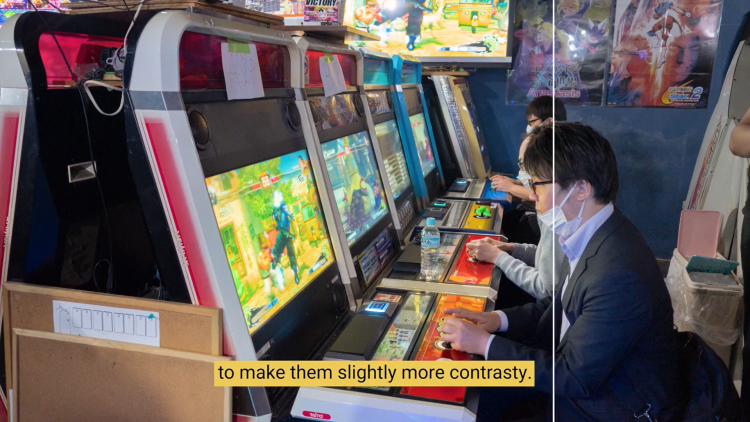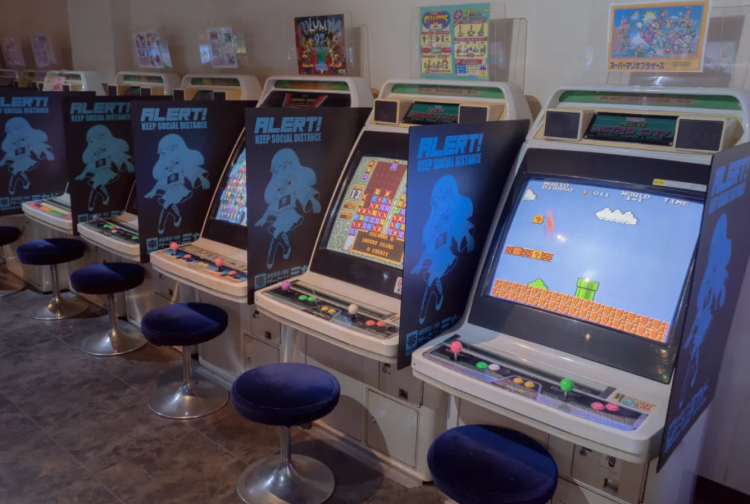Japan’s Classic Arcades Are Fading, and One Photographer Is Fighting to Preserve Them
If you ever dumped a handful of coins into a beat-up cabinet and lost hours to Street Fighter II or Virtua Fighter, then you already know the magic that’s slowly disappearing. Japan’s legendary game centers are closing their doors, one after another—and now photographer Víctor Alonso is trying to capture them before they vanish completely.
Alonso spent an entire month back in 2023 traveling across Japan, chasing that golden, flickering light of nostalgia. The result? The Last Game Centers, a photography book featuring 25 incredible arcades, each frozen in time.

While the book originally came out in Spanish and Japanese, there’s big news: a full exhibition in Los Angeles at the && Gallery is now live, running through May 5. Even better, there are plans to eventually bring out an English-language version of the book!
"I wasn’t necessarily looking for the biggest or most famous arcades, but rather the ones with soul that were still open,"
Alonso said in an email interview.
"If a game center had that 'end of an era' vibe, it would go straight onto my list."
Alonso’s journey wasn’t just about snapping photos—it was about preserving memories. He talks about old salarymen stepping out of half-abandoned buildings, vintage lights buzzing in the night, and empty spaces that once echoed with the shouts of teenage rivals. His favorite shot? A man standing outside the half-forgotten "Game in Rido" arcade—completely alone, but somehow still carrying the heartbeat of an entire era.
There’s something raw about it. Something final.
And the sad part?
"Two years later, 1/4 of the arcades I documented are already closed or have disappeared,"
Alonso admitted.

A Fight to Keep the Story Alive
Even though the original book almost sold out, the dream "Black Label" edition didn’t meet its Kickstarter funding goal. That version would have been even bigger, featuring extra photos, behind-the-scenes notes, and new reflections.
But don't lose hope yet. Alonso is still working with his publisher, Héroes de Papel, to find another way to make it happen, especially for all the fans outside Japan begging for an English version.
"I get messages almost weekly from people around the world asking for it, and I want to bring this story to everyone who ever dropped a coin into a cabinet and felt something spark."
He said.
It’s clear there’s still an audience that cares about the magic of physical arcades—a community that refuses to let those memories just fade away.

Context: Why Arcades Matter
Japanese arcades have had a bigger cultural impact than people often realize. From birthing competitive esports scenes (like early Street Fighter tournaments) to shaping how entire generations socialize and relax, the arcade wasn't just entertainment—it was a way of life.
Games like Street Fighter II, DDR, Virtua Fighter, and countless others all found their spiritual home inside smoky Japanese game centers long before they dominated living rooms and online leaderboards.
Even today, if you visit places like Mikado in Tokyo, you'll see hardcore players gathering for local tournaments that still feel more real than anything online.

How Japan’s Arcades Stack Up to the Greats
If you're wondering how this world of coin-ops stacks up against some Western experiences, it’s worth remembering that the history of video game arcades goes deep and is often ranked alongside classic experiences like Time Crisis, House of the Dead, and even early VR experiments.
Here’s a little ranking of beloved Battlefield games while we’re on the topic of nostalgia:
Projects like The Last Game Centers are more than just nostalgia grabs. They're attempts to preserve a real, physical, cultural moment before it's completely gone. In an era when everything is rapidly shifting online and old spaces are shutting down, it’s comforting to know that someone is out there documenting the last survivors of a truly golden era.

Comments